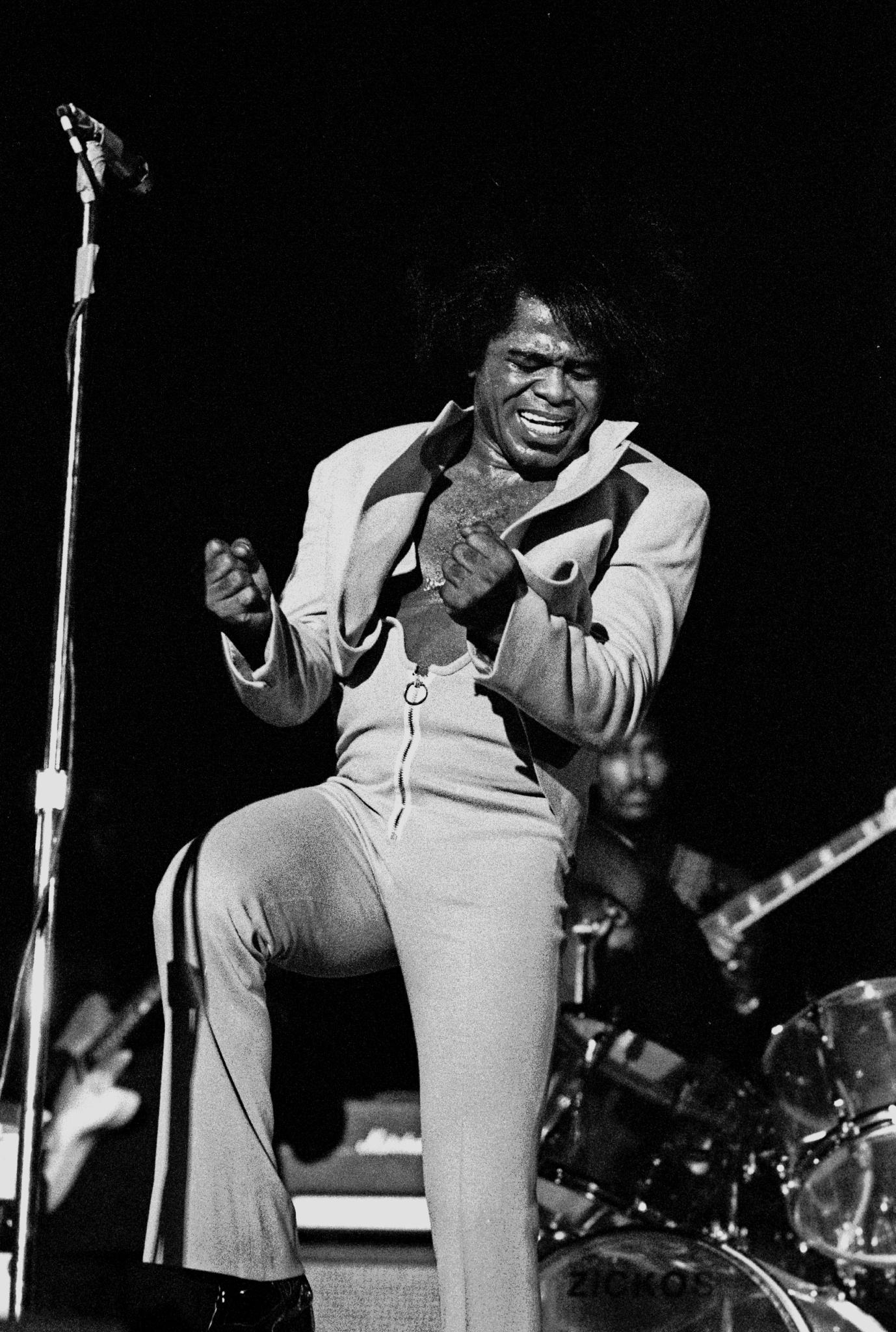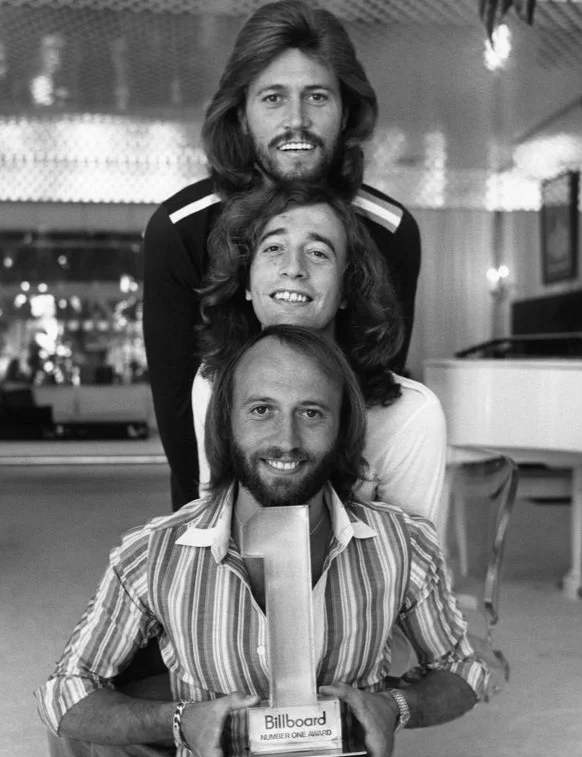Stephen H. Provost is the author of Pop Goes the Metal: Hard Rock, Hairspray, Hooks & Hits, chronicling the evolution of pop metal from its roots in the 1960s through its heyday as “hair metal” in the 1980s and beyond. It’s available on Amazon.
I sit on the edge of my parents’ bed, frantically pressing redial on their push-button phone. It’s a very cool piece of new technology in 1978, and I’m sure it will give me an advantage in my quest for the Holy Grail of my teenage years: Tickets to see KISS in concert.
This isn’t just any concert, mind you. It’s at Magic Mountain, the amusement park about half an hour up the freeway (minus traffic) from our San Fernando Valley home, which is where the band is filming its forthcoming TV movie, “KISS Meets the Phantom of the Park.”
I’m 15 years old and grateful that my parents tolerate, even if they don’t understand, my preoccupation with KISS. I dress up as Peter Criss for Halloween, I (of course) own all their records and some of their releases on 8-track – which I can listen to as much as I want as long as I stay in my room with the door closed to muffle the sound.
My mom kind of likes Beth, so I guess that’s something.
I dial and redial and redial until it seems my fingers will become as calloused as guitar virtuoso Ace Frehley’s, but to no avail. KISS is so popular that even my modern secret-weapon phone is of about as much use in this pursuit as Anthony Zerbe’s warped malevolence is against our heroes in the TV movie.
That movie, for the record, turns out to be bad. Really bad. But neither this inconvenient truth nor my failure to obtain the tickets sours me on my allegiance to KISS, which remains strong enough nearly 20 years later when I finally do get to see the band in concert, on their reunion tour at the tail end of the 1990s.
The Revelation
And it remains strong in 2016 when, on my way from the Central Coast to Fresno for a book signing event (my book “Fresno Growing Up” came out last year), I happen to see a poster in the front window of a convenience store in Paso Robles. On it is the face of founding guitarist Ace Frehley, sans makeup, promoting a concert he’ll be playing March 4 just up the road from where my wife and I now live.
It’s in less than a week.
My wife, Samaire, is even more understanding about my affection for KISS than my parents were. Before she met me, she’d never heard of the KISS Army and wouldn’t have known the Starchild from the Spaceman. But she knew I still had a connection to my childhood idols, so as a gift, she bought us tickets to the KISS-Motley Crue show in Irvine a couple of years back. There, KISS put on a great show minus Frehley and original drummer Peter Criss, who haven’t been in the band for more than a decade, but the band still rocked, even if Crue was a disappointment.
Now, when I mention that poster in the convenience store window, she urges me to get tickets. I put it off, but when she sends me a Facebook message the day before the show, that reads, in all capital letters, “WE CAN DO THIS!” I decide to see whether any are available. They are, so I pick up a pair: $45 each for general admission (no VIP tickets were left) to a place called The Ranch.
The drunk
We arrive at the venue a little before the doors are supposed to open at 7 p.m., then wait around 45 minutes past that as the crew inside tries to resolve some unnamed technical problem.
We finally enter, and find ourselves with a clear path to the front row, front and center, about three feet away from where Ace himself will be standing. I’ve been to dozens of rock shows in my 53 years, but the only time I’d been anywhere near the front was at a Sammy Hagar concert where I sat in the fourth row: close enough for him to splash me with some of his trademark blue tequila.
Speaking of booze, plenty of concertgoers at The Ranch have had their fill and more. What do you expect from a rock concert, right? I indulge a little – but only a little – myself.
But it goes too far when this clearly inebriated, annoying little varmint (about 5-foot-3 with thick-rimmed glasses and a goofy looking hat) keeps trying to muscle his way into the front row between me and another guy. We stand our ground and don’t let him in.
Still, he refuses to go away. Instead, he starts pushing up against my wife, who’s standing just behind me.
I turn and give him a couple of angry looks, hoping my 6-foot-5 frame will scare him off, and when that doesn’t work, I finally shout at him to get the hell away from my wife. He just sticks out his tongue at me in about the palest imitation of Gene Simmons you can imagine. What do I do now? Pop him one and get thrown out of the concert – and maybe in jail? Alert security? Just about then, Samaire – who, at 5-foot-10, is a fairly imposing figure in her own right – grabs him by both shoulders and pushes him forcefully back into the crowd. Security gives the guy some stern words and he disappears.
Good riddance.
The Ranch
A little bit about the venue: The Ranch is a roadhouse-type joint in San Miguel, an unincorporated town of about 2,500 people along U.S. 101 in northern San Luis Obispo County.
It's about as far, figuratively speaking, from Magic Mountain as you can get.
In fact, it’s so far off the concert circuit map that the road crew tapes a piece of paper to the stage that reads “San Miguel TX,” then hurriedly realizes its mistake and crosses out the TX, scrawling in CA underneath.
Even Ace, who points out during the concert that he’ll be playing in Beverly Hills the next day, notes the contrast. And when, at the end of the show, he says goodnight, I can swear I hear him say “San Ramon.”
Not that I can blame him. I wouldn’t have known where San Miguel was, either, if I hadn’t lived in the county and worked as an editor/columnist at the local newspaper for four years.
The Opening Act
Backing up a couple of hours, it does take Frehley and his band a seemingly interminable amount of time to actually get on stage.
The music itself doesn’t start until 8:45 or so, and then it’s the opening act, a local cover band called Soundhouse. The lead singer, an imposing character with a shaved head ala Chris Daughtry or Disturbed’s David Draiman, spent some time reassuring antsy concertgoers outside the bar as they waited for it to open. Samaire and I had both mistakenly assumed he was the bouncer.
The bad news: Soundhouse plays a lengthy set of, if I remember right, nine tunes, further delaying Frehley’s arrival. The good news: They’re a surprisingly kick-ass outfit. The vocalist, Erik McCornack, churns his way through tunes from Ozzy, Guns ’n’ Roses, Bryan Adams, AC/DC and Stone Temple Pilots, among others, as though he’d recorded them himself.
Unlike most concerts, where opening acts tend to range from nuisance to awful, Soundhouse’s set is actually a lot of fun.
The Main Event
Even after Soundhouse concludes its set, the stage stays empty for a good half-hour, and Frehley’s band doesn’t appear until nearly 10 p.m. Some in the crowd joke that he’s fallen asleep or is boozing it up in his tour bus – an unfair accusation considering that Ace, a onetime prolific imbiber, has been sober for quite a few years now.
When Paul Daniel Frehley finally does appear, it’s more than worth the wait. He might be on the verge of turning 65 years old, but he’s in top form throughout the 16-song set, which he performs along what he calls “the best band I’ve ever assembled.”
Not the best band he’s ever been in, of course, but this band lives up to its leader’s billing. It consists of guitarist Richie Scarlet, a member of Ace’s first post-KISS band, Frehley’s Comet; bassist Chris Wyse (The Cult, Owl) and drummer Scot Coogan, who's toured with Lita Ford and Lynch Mob.
Ace doesn’t have a problem sharing the limelight, stepping aside as Wyse performs an impressive bass solo segueing into his lead vocals on “Strange Ways,” an Ace classic off KISS’s second release, “Hotter Than Hell.”
Coogan’s vocal chops are even better. He takes Paul Stanley’s lead on the KISS classics “Love Gun” and “Detroit Rock City,” and nails them to the wall.
The Set
I wonder if Ace is going to allow us to take photos (some artists don’t even allow the media to do so), and I’m pleasantly surprised to find that no one’s objecting when I whip out my cellphone and start clicking away.
Frehley opens his set with “Toys,” off his 2014 studio album, “Space Invader,” and hits a couple of KISS highlights early in the set when he launches into (pun intended) “Rocket Ride” and “Parasite.” He omits a couple of tunes from the set list taped to the stage floor – “2 Young 2 Die” and “Rip It Out” – perhaps because of the lateness of the hour, although he does return to the stage for a two-song encore of “Detroit Rock City” and the Simmons-penned “Deuce.”
Other highlights: The classic KISS debut album cut “Cold Gin,” which has the audience singing along with gusto, and “Rock Soldiers,” in which the audience repeatedly shouts out the lyrics “Ace is back and he told you so” and “He’s going to play without an ACE in his DECK.”
Frehley also debuts the battle anthem“Emerald,” off his forthcoming album of cover tunes, “Origins, Vol. 1.” Originally performed by Thin Lizzy on its “Jailbreak” album, it came out in 1976, the same year KISS released its classic “Destroyer” and “Rock and Roll Over” LPs.
The takeaway
Before Frehley hits the stage, I think back on my vain attempt to secure tickets to that Magic Mountain show back in 1978 and tell Samaire, “If someone had told me then that I’d be in the front row for an Ace Frehley show in San Miguel nearly 40 years later, I would have said they were crazy.”
Why? Because Frehley was still playing? Because KISS had gone on without him? Because he was playing in San-flippin’-Miguel? Because I was there in the front row?
All of the above.
Sometimes, you do, eventually find your teenage Holy Grail; it just takes a few decades to reach it.











